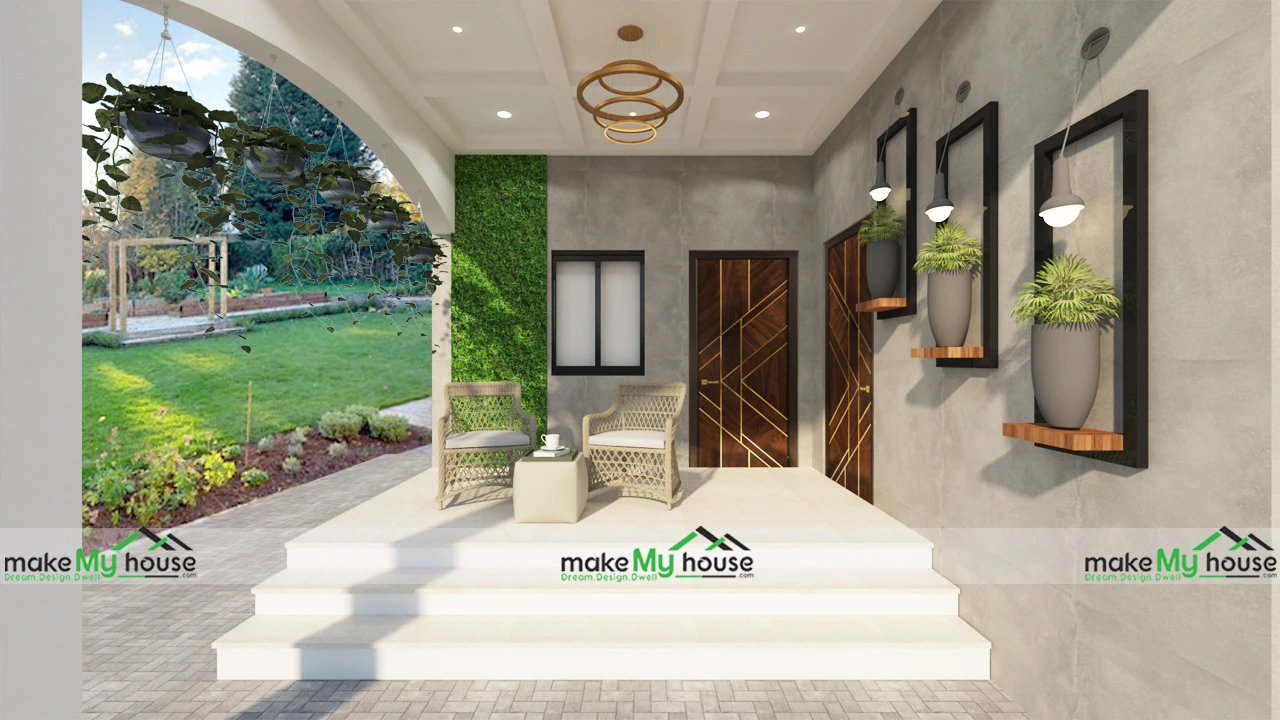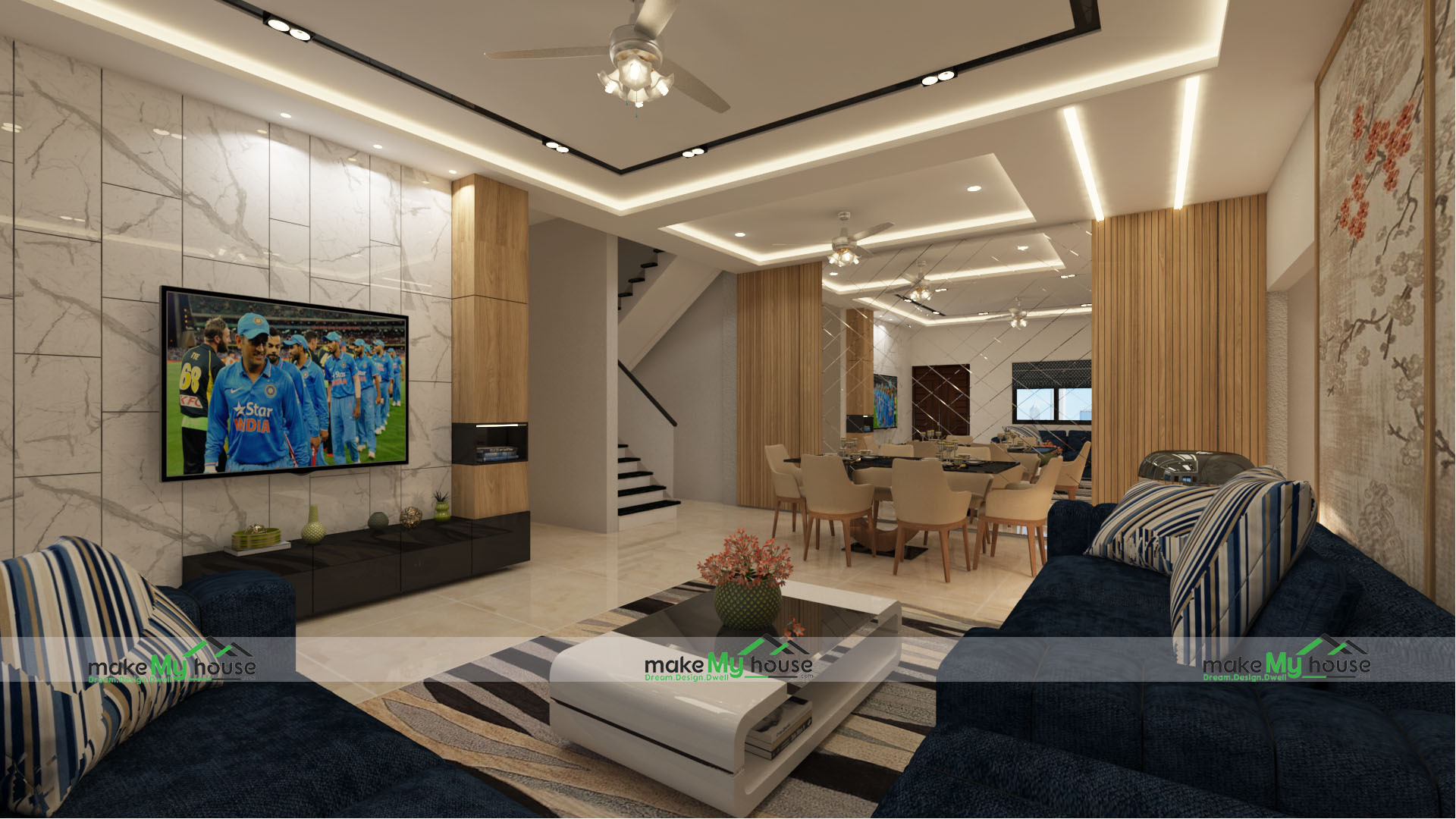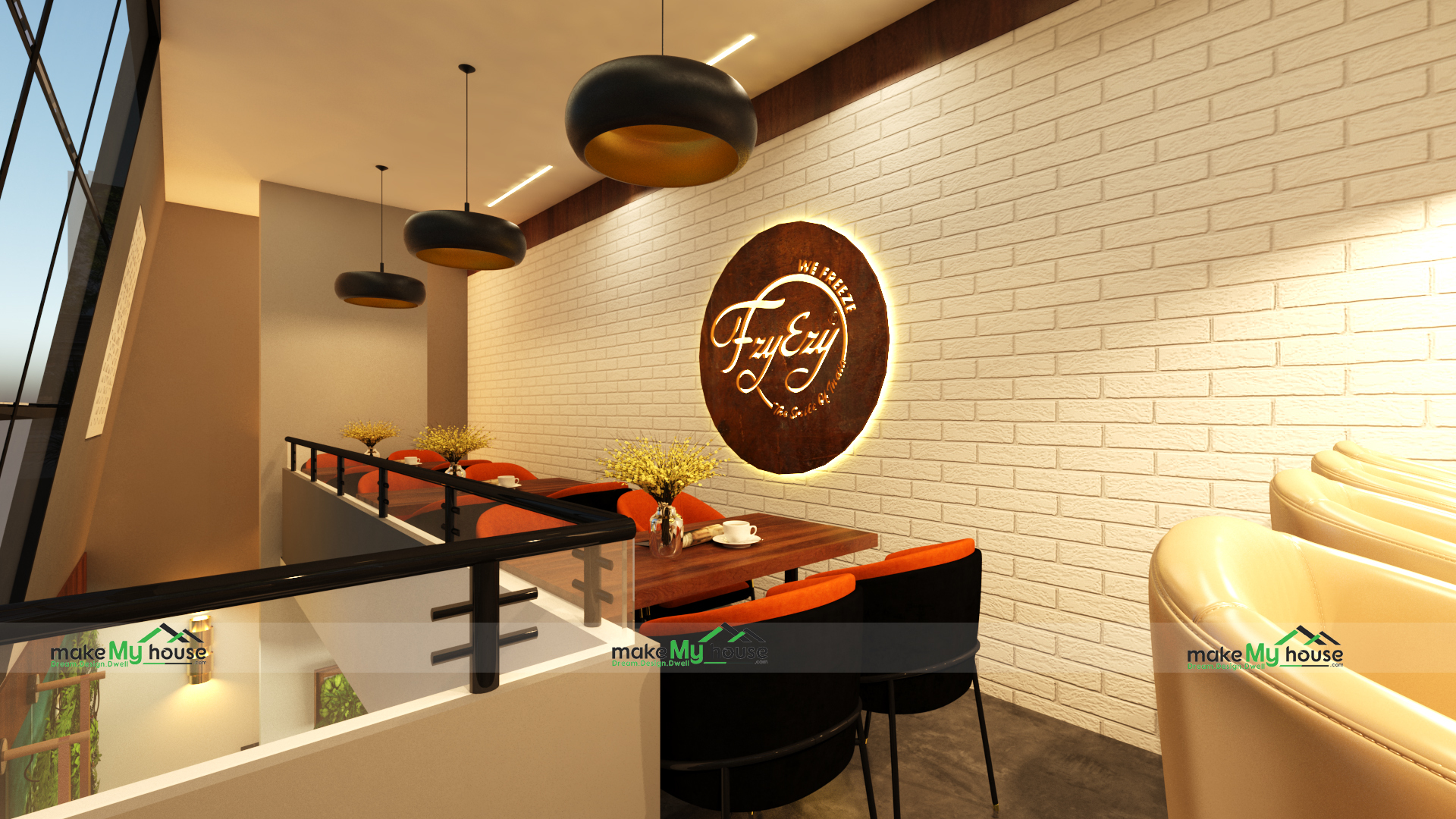Introduction:
In a world increasingly dominated by concrete jungles, the concept of Biophilic Design emerges as a refreshing oasis. This design philosophy seeks to reconnect humans with nature, fostering environments that promote well-being and creativity. Let’s delve into the depths of Biophilic Design, exploring its principles, benefits, and practical applications.
Outlines Table:
- Introduction – Biophilic Design principles, benefits
- The Essence of Biophilic Design – Nature-inspired spaces, human connection
- Biophilic Design Principles – Connection with nature, natural light
- Benefits of Biophilic Design – Improved well-being, enhanced creativity
- Applications in Architecture – Sustainable building design, green roofs
- Integrating Nature Indoors – Indoor plants, natural materials
- Biophilic Design in Urban Spaces – Urban planning, public parks
- Creating Biophilic Workspaces – Productivity, employee well-being
- Evidence-Based Design – Scientific studies, health outcomes
- Biophilic Design Case Studies – Successful implementations, real-life examples
- Challenges in Implementing Biophilic Design – Cost considerations, urban constraints
- Overcoming Barriers – Affordable solutions, community involvement
- Biophilic Design Trends – Emerging concepts, future possibilities
- Biophilic Design in Hospitality – Hotels, restaurants, guest experiences
- Impact on Mental Health – Stress reduction, cognitive function
- Biophilic Design and Sustainability – Environmental consciousness, eco-friendly design
- Biophilic Design in Residential Spaces – Home interiors, natural lighting
- Regulatory Support for Biophilic Design – Building codes, green certifications
- Global Perspectives on Biophilic Design – Cultural influences, regional variations
- Criticism and Controversies – Ethical concerns, aesthetic preferences
- Biophilic Design and Urban Renewal – Community revitalization, green initiatives
- Biophilic Design Workshops and Courses – Education, professional development
- Incorporating Biophilic Design in Education – School environments, learning outcomes
- Biophilic Design and Biodiversity – Habitat preservation, ecological balance
- Future of Biophilic Design – Technological advancements, innovative approaches
- FAQs – –
Biophilic Design: The Essence of Harmony
Biophilic Design transcends mere aesthetics; it’s a philosophy that intertwines human experience with nature. Embracing this design approach involves creating spaces that mimic the natural world, fostering a sense of serenity and connection.
Biophilic Design Principles: Bringing Nature Home
Central to Biophilic Design are principles that guide the integration of nature into our living spaces. Incorporating natural light, utilizing sustainable materials, and fostering a connection with outdoor elements are key tenets.
Benefits of Biophilic Design: Nurturing Well-Being
The advantages of Biophilic Design extend beyond aesthetics. Studies show improved mental well-being, enhanced creativity, and increased productivity in spaces designed with a biophilic touch.
Applications in Architecture: Building with Nature
Architects embracing Biophilic Design consider sustainability. From green roofs to energy-efficient structures, the integration of nature into architectural plans contributes to a healthier planet.
Integrating Nature Indoors: The Green Revolution
Bringing nature indoors involves more than placing potted plants. Natural materials, water features, and strategically designed spaces create a seamless connection with the great outdoors.
Biophilic Design in Urban Spaces: Reconnecting Cities with Nature
In bustling urban environments, Biophilic Design offers a respite. Urban planning can incorporate green spaces, parks, and sustainable initiatives, promoting a healthier and happier community.
Creating Biophilic Workspaces: Boosting Productivity Naturally
Workspaces benefit from Biophilic Design by enhancing employee well-being and productivity. Employers are discovering that a green, nature-inspired office fosters a positive work environment.
Evidence-Based Design: Science Supporting Nature
The success of Biophilic Design isn’t just anecdotal; scientific studies confirm its positive impact on health and cognitive function. Evidence-based design principles validate the effectiveness of integrating nature into our surroundings.
Biophilic Design Case Studies: Realizing the Vision
Examining successful Biophilic Design implementations provides insights into its transformative potential. Real-life examples showcase the adaptability and positive outcomes of this design philosophy.
Challenges in Implementing Biophilic Design: Balancing Act
While the benefits are clear, challenges in implementing Biophilic Design include cost considerations and urban constraints. Overcoming these obstacles requires creative solutions and community involvement.
Overcoming Barriers: Making Biophilic Design Accessible
Addressing challenges involves making Biophilic Design accessible to all. Affordable solutions and community involvement can break down barriers, allowing the widespread adoption of this transformative approach.
Biophilic Design Trends: Evolving Nature
As with any design philosophy, Biophilic Design evolves. Emerging concepts and future possibilities point toward a continued integration of nature into our built environment.
Biophilic Design in Hospitality: A Natural Retreat
Hotels and restaurants adopting Biophilic Design offer guests a unique experience. The natural ambiance enhances guest satisfaction, setting the stage for memorable stays and dining.
Impact on Mental Health: Healing Spaces
Biophilic Design’s impact on mental health is profound. Stress reduction, improved mood, and enhanced cognitive function are among the mental health benefits associated with nature-infused spaces.
Biophilic Design and Sustainability: A Symbiotic Relationship
The connection between Biophilic Design and sustainability is evident. By fostering environmental consciousness and eco-friendly design, this approach contributes to a greener and more sustainable future.
Biophilic Design in Residential Spaces: Home in Nature
Implementing Biophilic Design principles in residential spaces transforms homes into havens. Natural lighting, greenery, and sustainable materials create living environments that nurture well-being.
Regulatory Support for Biophilic Design: Building Green Standards
As awareness grows, regulatory support for Biophilic Design is on the rise. Building codes and green certifications recognize the importance of integrating nature into our built environment.
Global Perspectives on Biophilic Design: Cultural Harmony
Biophilic Design isn’t confined by borders. Cultural influences and regional variations shape its expression, creating a diverse tapestry of nature-inspired spaces around the globe.
Criticism and Controversies: Examining Perspectives
Like any design philosophy, Biophilic Design isn’t without criticism. Ethical concerns and aesthetic preferences spark debates, contributing to a nuanced discussion about the role of nature in design.
Biophilic Design and Urban Renewal: Transformative Initiatives
In the realm of urban renewal, Biophilic Design plays a crucial role. Community revitalization and green initiatives can transform cities into more sustainable, livable spaces.
Biophilic Design Workshops and Courses: Learning from Nature
Education is key to widespread adoption. Workshops and courses on Biophilic Design empower individuals with the knowledge and skills to integrate nature into various environments.
Incorporating Biophilic Design in Education: Nurturing Young Minds
School environments impact learning outcomes. Incorporating Biophilic Design in educational spaces creates a conducive atmosphere, fostering creativity and well-being among students.
Biophilic Design and Biodiversity: Preserving Natural Balance
Beyond aesthetics, Biophilic Design contributes to biodiversity. Habitat preservation and ecological balance are integral aspects of this design philosophy.
Future of Biophilic Design: Innovation in Harmony
The future of Biophilic Design holds exciting possibilities. Technological advancements and innovative approaches promise further integration of nature into our evolving built environment.
FAQs
- Is Biophilic Design only for architects and designers?
Biophilic Design principles can be embraced by anyone. Its concepts are applicable to various environments, from homes to offices, creating spaces that enhance well-being.
- How does Biophilic Design contribute to sustainability?
By emphasizing natural materials, energy efficiency, and green spaces, Biophilic Design promotes sustainable practices, contributing to a healthier planet.
- Are there affordable ways to incorporate Biophilic Design at home?
Absolutely! Simple additions like indoor plants, natural fabrics, and maximizing natural light can bring the essence of Biophilic Design into your home without breaking the bank.
- Can Biophilic Design improve mental health in the workplace?
Yes, studies show that incorporating nature into workspaces can reduce stress, increase productivity, and positively impact the mental well-being of employees.
- What challenges are faced when implementing Biophilic Design in urban areas?
Urban constraints and cost considerations are common challenges. However, creative solutions and community involvement can overcome these barriers.
- Are there cultural variations in the application of Biophilic Design?
Indeed, cultural influences shape the expression of Biophilic Design. Different regions may emphasize certain elements based on cultural preferences and traditions.
Conclusion: Embracing Nature in Design
Biophilic Design transcends the boundaries of conventional design philosophies, offering a holistic approach that fosters a harmonious relationship between humans and nature. As we navigate the future, the integration of Biophilic Design principles promises a more sustainable, health-focused, and aesthetically pleasing built environment.












Good article, it is very helpful and rich in information